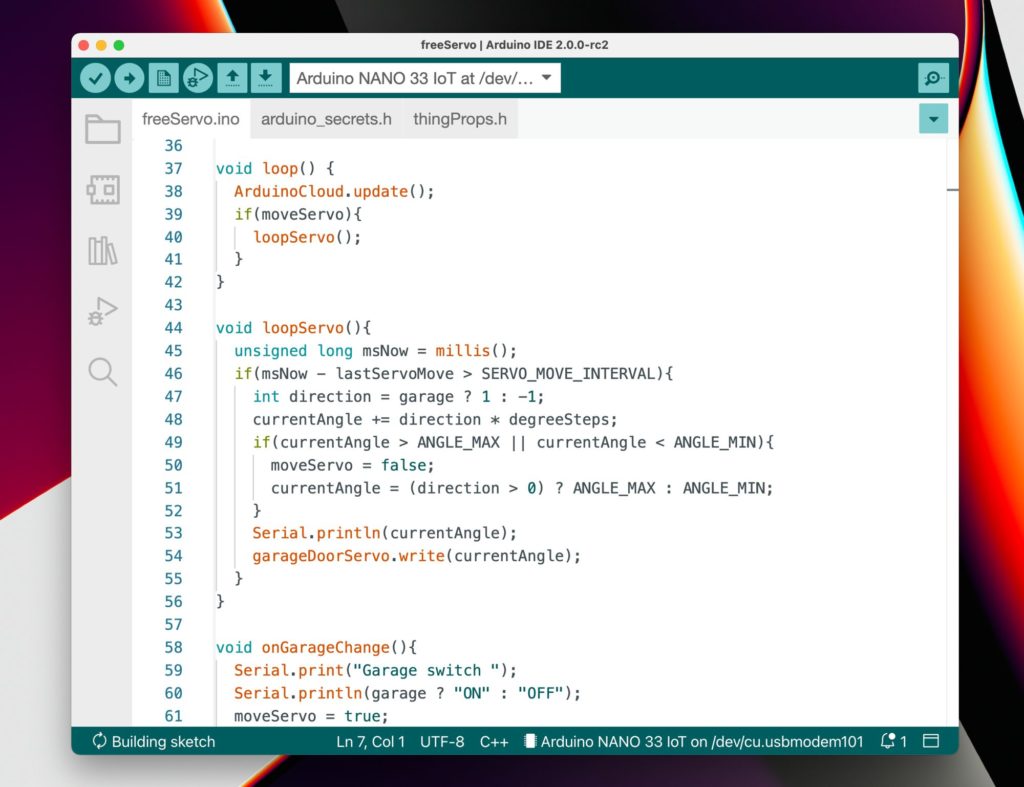We’re looking for you to help with the Arduino IDE 2.0 Release Candidate (RC), which is available right now. Whether you’re an Arduino power user or new to microcontroller coding, there are a variety of ways that you can contribute to this exciting new release.
Arduino IDE 2.0 Comes Out of Beta
It seems like only two minutes since the beta of Arduino IDE 2.0 was released. In fact, it was back at the very beginning of March. Now it’s ready to exit its beta phase, and you can update to the latest release candidate version right now.
And this is a really important step, not just because of some great new features that are bundled in (see below). It’s where the Arduino community is brought into the equation. It’s where you lend your techno-muscle towards helping us refine the release candidate.

There’s support for localization, for one thing. Any and all help in crafting the best experience in different languages is great for everyone. After all, it’s an important part of truly user-centric software. So please put your multilingual skills to use by providing translation contributions through Transifex.
This crowd-focused process is the same for testing the functionality, as well as the localization. We’ve got a feedback form where we’d like you to make us aware of any and all changes you feel IDE 2.0 RC needs. Of course, the forum is also available. Join us there for bug reports or tweaks that warrant a quicker, more conversational report.
Finally, remember that the IDE is now built around web technologies like HTML and Typescript (rather than Java), so everyone’s welcome, and encouraged, to contribute to its development. Here’s the GitHub repository for you to dig into.
What’s new in IDE 2.0 RC?
So, onto the new features of the release candidate.
First up we have the serial plotter. Using this, you can pull in data from your boards and projects, and map it out as waveforms in a graph. You can even print multiple variables at once, to be visualized all on the same graph.
There’s a high performance serial monitor to help with your debugging efforts. It’s also handy for monitoring the status of your boards and/or projects, and it’s been re-engineered to work very efficiently for optimal usability.
And as we mentioned above, localization into languages other than English is also now supported. Remember you can help out in translating the Arduino IDE through Transifex.
So please update to Arduino IDE 2.0 RC now. Then you can get to work helping us craft the first, fully stable version of the second generation platform. Keep that feedback coming!
Website: LINK


